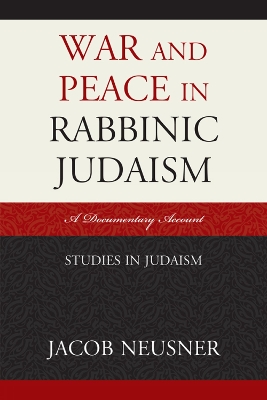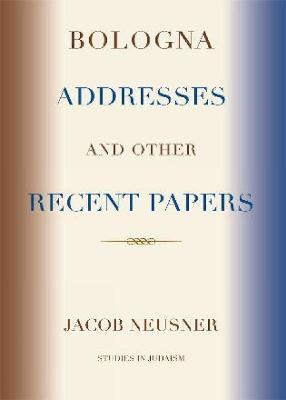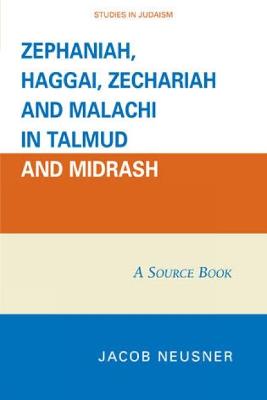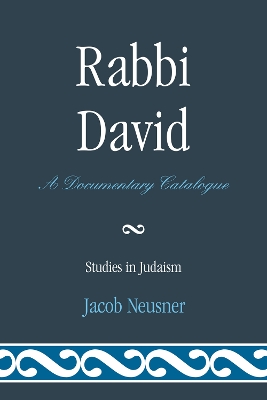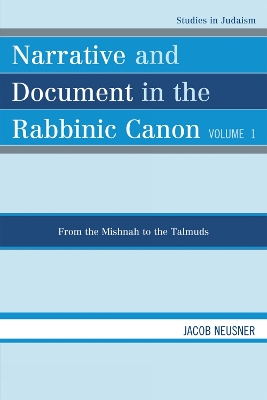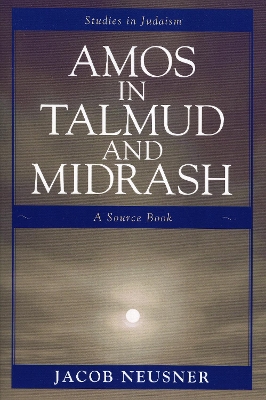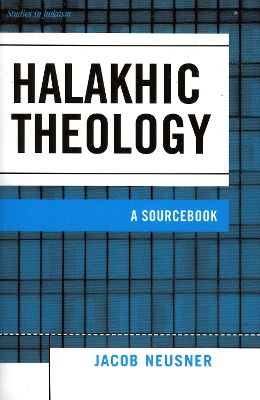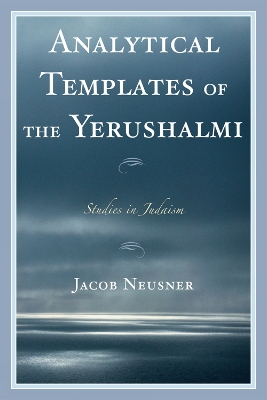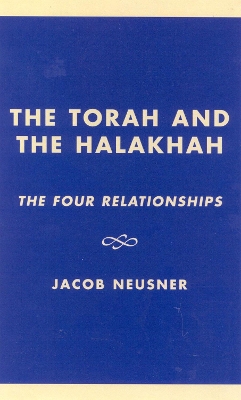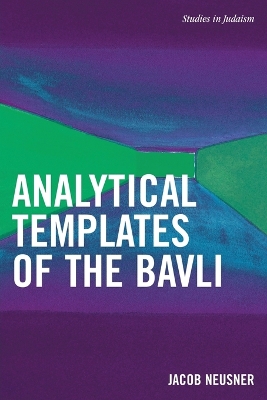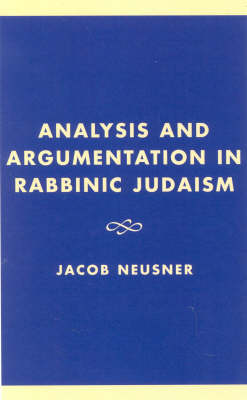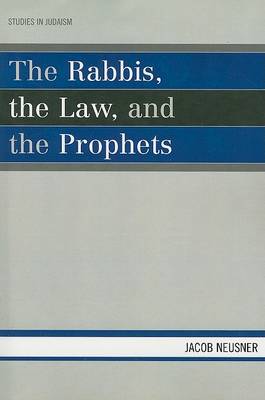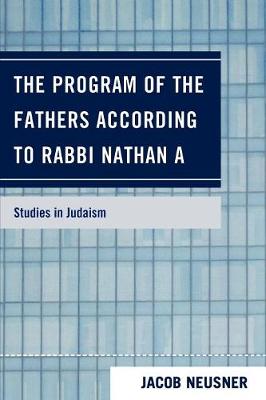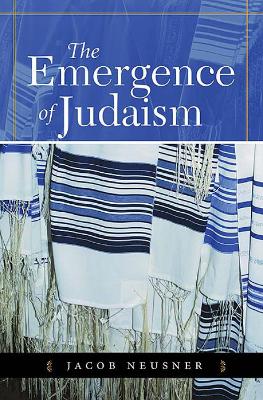Studies in Judaism
7 primary works • 77 total works
Zephaniah, Haggai, Zechariah, and Malachi in Talmud and Midrash
by Jacob Neusner
Rabbi David proves that the first exposition of the figure of Rabbi David in a program of elaboration and of protracted exposition of law and Scripture is found in the Bavli. Prior to the closure of that document, that is, in the Rabbinic documents that came to closure before the Bavli, we do not find an elaborate exposition of the figure of David as a rabbi. By contrast, in the Bavli, ample canonical evidence attests to the sages' transformation of David, king of Israel, into a rabbi. So while bits and pieces of Rabbi David find their way into most of the canonical documents, we find the elaborately spelled out Rabbi David to begin with in the Bavli, now represented as a disciple of sages and a devotee of study of the Torah. That usage attracts attention because when we encounter David in Rabbinic literature-as in all other Judaic canons, not only Rabbinic-this signals we are meeting the embodiment of the Messiah. The representation of the kings of Israel in the Davidic line as heirs of David forms a chapter in exposing the Messianic message of Rabbinic Judaism.
About a millennium - 750 B.C. E. to 350 C. E. - separates Scripture's prophets from the later sages of the Mishnah and the Talmud. It is quite natural to recognize evidence for differences over a long period of time. Yet Judaism sees itself as a continuum and overcomes difference. The latecomers portray the ancients like themselves. "In our image, after our likeness" captures the current aspiration. The sages accommodated the later documents in their canon by finding the traits of their own time in the record of the remote past. They met the challenges to perfection that the sages brought about.
Of what does the process of harmonization consist? To answer that question the author surveys the presentation of the prophets by the rabbis, beginning with Moses. To overcome the gap, Rabbinic sages turn Moses into a sage like themselves. The prophet performs wonders. The sage sets forth reasonable rulings. The conclusion expands on this account of matters to show the categorical solution that the sages adopted for themselves, and that is the happy outcome of the study.
This introductory textbook on the history of Judaism, written by one of the foremost scholars in the field, is ideal for college freshmen and high school seniors. The book includes chapters on the Pentateuch and the definition of Israel, the Torah and the Mishnah and Judaism's way of life, the Talmud and Judaism's worldview, and the definition and nature of God in Judaism. The book concludes with a discussion of why Judaism has succeeded through centuries of competition with Christianity and Islam, and a chapter on exemplary figures in the emergence of Judaism. The book also includes a bibliography, glossary of terms, and many important primary documents, including the Mishnah, the Tosefta, the Talmud of the Land of Israel, the Talmud of Babylonia, Genesis and Genesis Rabbah, the Fathers (Abot) and the Fathers according to Rabbi Nathan.

